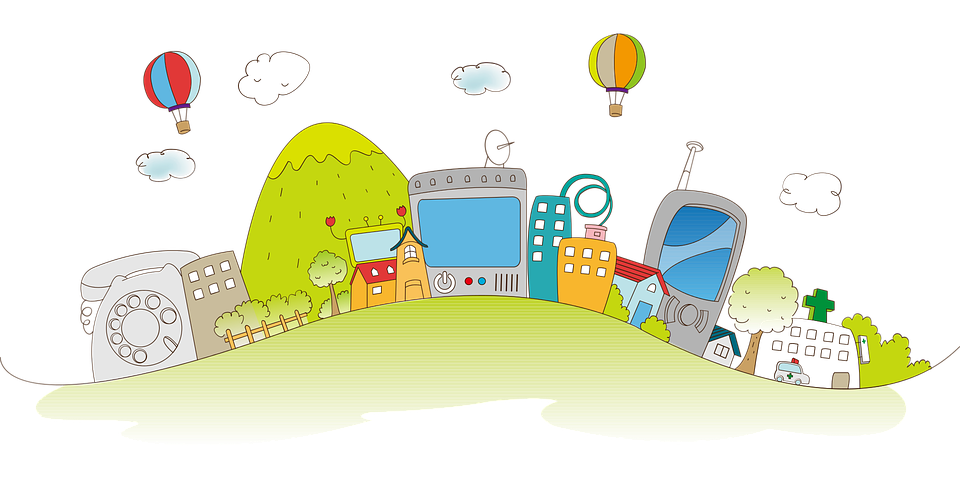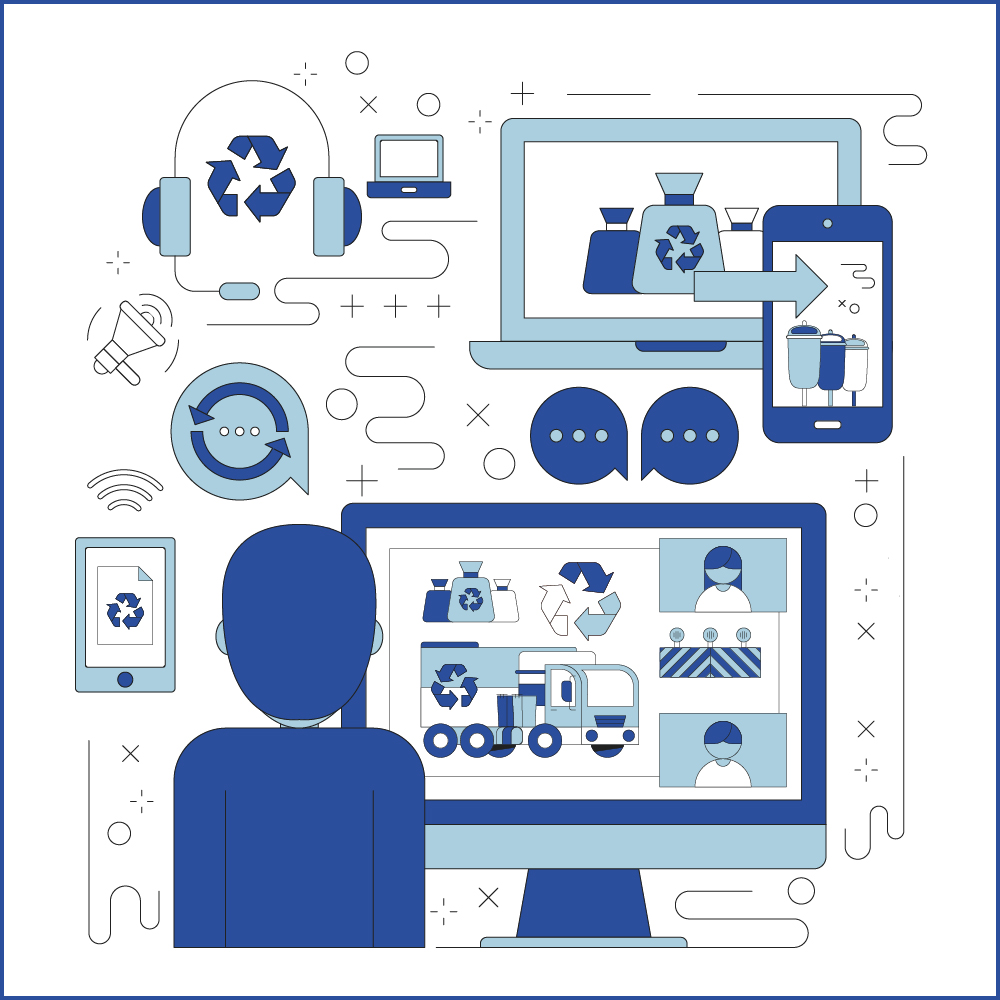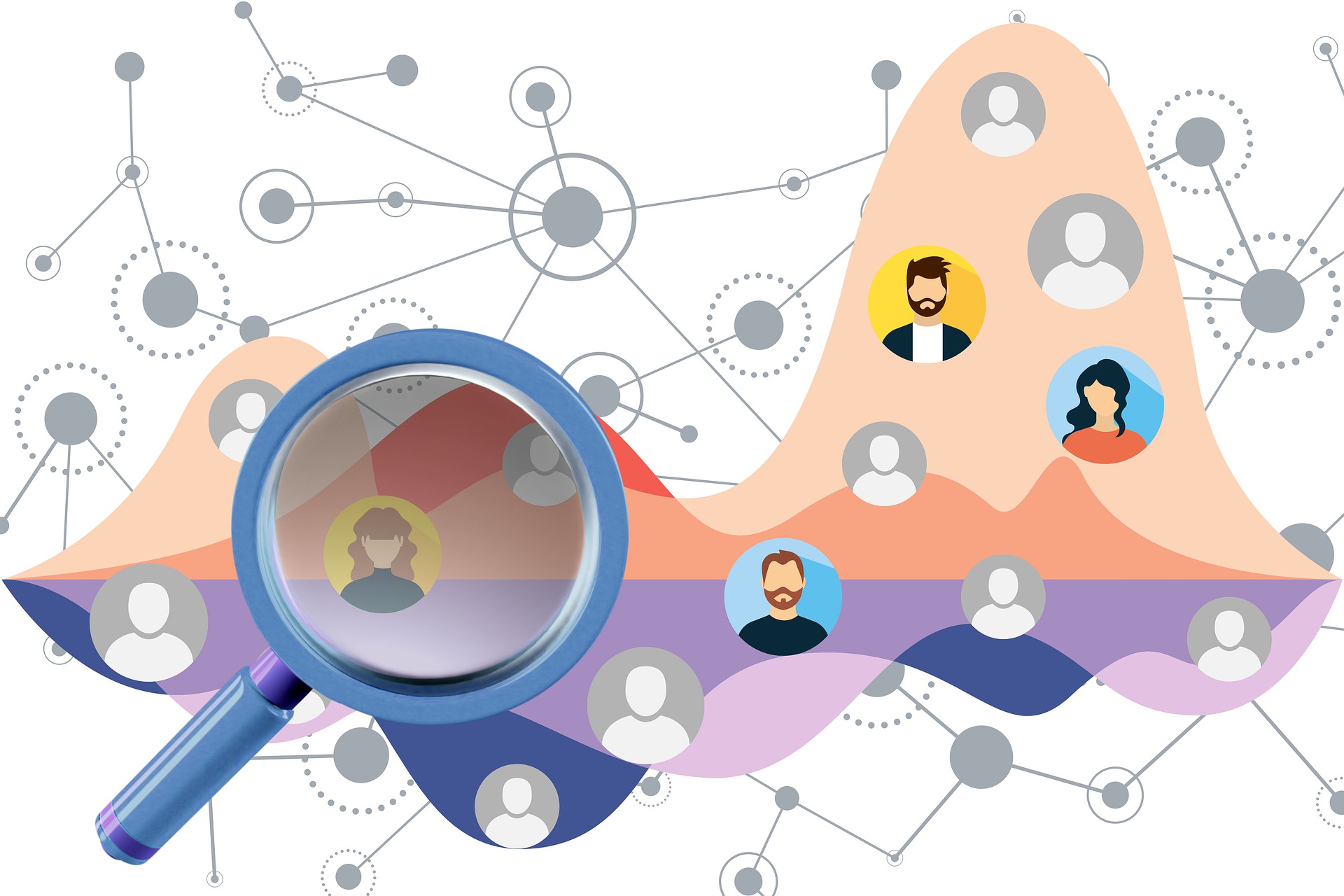The role of metaphor in e-learning

Metaphors determine not only our language, but also our thoughts and actions. Our everyday conceptual system is at its core and fundamentally metaphorical(Lakoff & Johnson: Metaphors we live by).
Within seconds, we decide whether we like the screen design of a website or an LMS (Learning Management System). Interface design and usability shape our first impression as users. Especially in self-paced e-learning systems, intuitive and clear structures serve as a kind of orientation aid for learning.
But what makes for impressive visualization and good structuring, and how can user satisfaction be achieved?
New Technologies-Traditional Approaches
We tend to explain, understand, and use new technologies in traditional ways. For example, people first treated television as radio with pictures. To facilitate the use of the computer and the user interface, the concept of the desk (desktop) was applied. This also explains the analogies of the folders, the recycle bin, etc.
The idea behind it is that the user, based on his old real-world experience, immediately understands how the new technologies work. This should make it easier for him to find his way around the new virtual environments more quickly. The desire to reproduce reality as closely as possible on the Internet and to create a parallel universe as an image of the real world is not new, but it has just become topical again. That’s because Facebook is currently building the Metaverse – a kind of virtual platform that will link the physical and digital worlds and that you can enter using VR and AR devices. The imitation of the real world is mostly done on the Internet through analogies or rather visual metaphors.
What is a metaphor?
Above all,theycreate structure and orientation or provide a certain context. But what exactly is a metaphor? Many of us know the word from a linguistic and literary context. According to Duden, metaphor is a linguistic expression in which a word (a group of words) is transferred from its actual context of meaning to another.
However, in the modern world we are surrounded daily not only by linguistic but also by numerous visual metaphors.
Metaphors for Learning Management Systems
Visual metaphors were also used in the first learning management systems. In the beginning, they were mainly structured in the form of a virtual classroom or in a classic view in the form of a book (with a table of contents and chapters) to make it easier for users to find their way around the new learning environment.
The first wave of e-learning in particular was characterized by building analogies. Different notions of spaces and associated connotations continue to be used in the design of learning platforms today. The following spaces are popular as metaphors: buildings, learning spaces, university campuses, subject spaces, game spaces, libraries, etc.
Also interesting is the analogy of “flashcards” – a geographic map to represent e-learning content. The Fraunhofer Institute in Karlsruhe has intensively researched this metaphor and developed a concept to visualize e-learning courses with networked learning content in an appealing way. This basically involves representing learning units as cities and learning paths as roads (Schröck, 2010).
For some time now, the metaphor of the learning ecosystem has gained currency. Also popular are the metaphors of the city map, the network of lines, the route, etc.
Do we need an LMS metaphor?
Nowadays, we are more familiar with computers and the Internet and more tech-savvy than we used to be. We don’t necessarily need a visual mimic of a classroom or a book to navigate the LMS. Nevertheless, visual metaphors can be used to facilitate orientation in e-learning, improve the learning experience, and achieve the best user experience. Because learning of the future will focus primarily on the learning experience.
For this reason, when designing the learning content for our industry-specific learning platform, we place great emphasis on appropriate visualization and meaningful metaphors that can be interpreted in the same way by all learners. This is to help learners organize their learning activities independently, track and achieve their learning goals.




